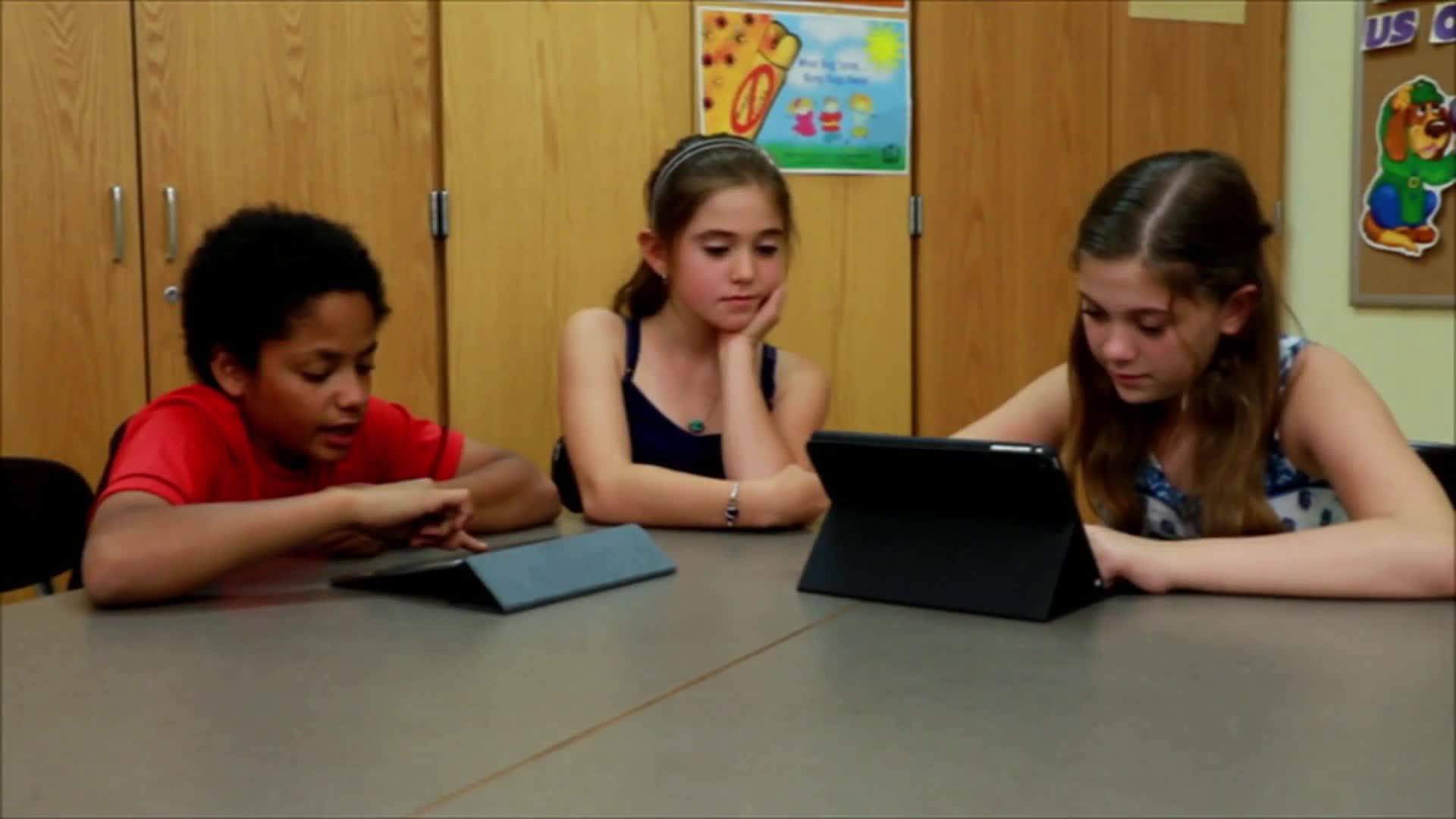
In this blog post, we will explore a fun and engaging activity to teach kindergarten students about proper classroom behavior. Using the game of bingo, children can learn about different behaviors that help them and their classmates have a positive learning experience in school. Let’s dive into the activity and discover how it can be used to promote social-emotional learning.
Introduction
Teaching young children about appropriate classroom behavior is essential for creating a positive learning environment. By using a fun and interactive approach, such as playing bingo, children can become more aware of their actions and how they affect others. This activity not only helps students understand the importance of proper behavior but also encourages them to practice these skills in a fun and engaging way.
No-Prep Activity: How We Act in School Bingo
This activity requires no preparation or materials from the educator. Simply follow the steps below:
- Introduce the game of bingo to the students and explain the rules. The goal is to get four school behaviors in a row (up, down, across, or diagonal) and say “bingo!”
- Display a video or slideshow with different classroom scenarios featuring various behaviors. Pause the video whenever the designated icon appears in the corner, signaling a discussion point.
- Ask the students to identify the important classroom behavior demonstrated in the scenario and have them mark it on their bingo boards.
- Continue playing until someone gets four behaviors in a row and declares “bingo!”
- Discuss the winning behaviors and why they are important for a successful learning environment.
Discussion Questions
Use the following questions to stimulate further discussion about classroom behavior:
- Why is it important to raise your hand before speaking in class?
- How does waiting your turn and not interrupting others help everyone in the classroom?
- What are some other classroom behaviors that help create a positive learning environment?
- How do you feel when someone disrupts the class or interrupts you?
- What can you do to help remind yourself and others to practice positive classroom behavior?
Related Skills
Besides proper classroom behavior, there are other essential skills that contribute to a positive learning environment. These include:
- Active listening
- Respecting personal space
- Sharing and taking turns
- Cooperating and working together
- Expressing feelings and emotions appropriately
Next Steps
Now that you’ve learned about this engaging activity to teach kindergarten students about proper classroom behavior, it’s time to explore more resources to support social-emotional learning. Sign up for free samples of this skill and others at Everyday Speech. By incorporating these activities and resources into your teaching, you can create a positive and supportive learning environment for your students.

